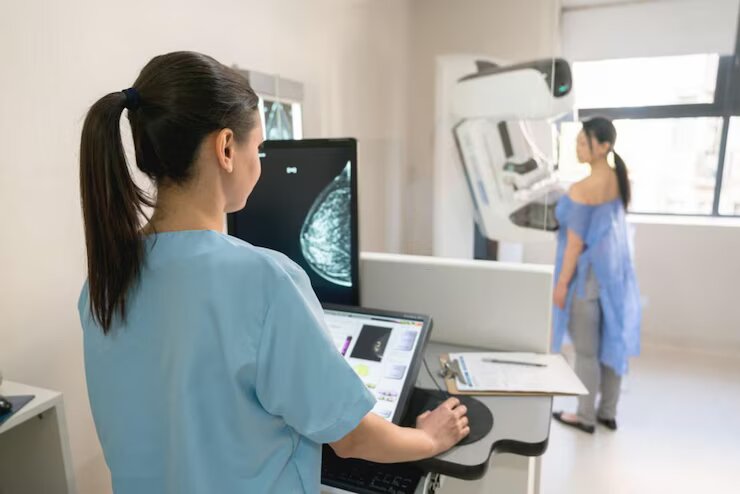Triple Negative Breast Cancer (TNBC) Symptoms and more

Negative Breast Cancer, or TN, is a specific of breast cancer that lacks three common receptors known to fuel most breast cancer growth – estrogen, progesterone, and the HER-2 gene. This form of cancer can be particularly challenging because it does not respond to hormonal therapy or therapies that target HER-2 receptors. However, understanding its symptoms, risk factors, and treatment options can empower individuals to take proactive steps toward early detection and effective management.
Symptoms of Triple Negative Breast Cancer
Recognizing the symptoms of TNBC early can make a significant difference in treatment outcomes. While some symptoms overlap with other types of breast cancer, certain cues should prompt immediate medical attention:
-
Lump in the Breast: One of the most common signs is a new lump or mass that is often hard and irregular in shape. It may not be painful, but any new lump should be checked by a healthcare professional.
-
Changes in Breast Shape or Size: Noticeable changes in the size or shape of the breast, especially if it happens quickly, can be a red flag.
-
Skin Changes: Pay attention to any noticeable changes in the skin around the breast area, such as dimpling, redness, or an orange-peel texture.
-
Nipple Changes: Inverted nipples, unusual discharge, or changes in the nipple’s appearance can be symptoms.
-
Swelling: Swelling in part of the breast or in the lymph nodes under the arm or around the collarbone should not be ignored.
Risk Factors
While anyone can develop TNBC, certain factors might increase the likelihood:
-
Age: TNBC is more common in women under 50 years old.
-
Genetics: Those with mutations in the BRCA1 gene have a higher risk.
-
Race and Ethnicity: African American and Hispanic women are more likely to be diagnosed with TNBC compared to other races.
-
Health History: A personal or family history of breast cancer can elevate risk.
-
Reproductive History: Factors such as giving birth at a younger age or having never been pregnant can influence risk.
Diagnosis
Diagnosing TNBC usually involves several steps, aimed at ensuring accuracy and determining the most effective treatment plan:
-
Clinical Breast Exam: A healthcare provider will check for lumps or other changes.
-
Imaging Tests: Mammograms and ultrasounds are commonly used. In some cases, an MRI may also be performed.
-
Biopsy: A tissue sample from the lump is taken to confirm if it’s cancer and to check for the presence of estrogen, progesterone, and HER-2 receptors.
Treatment Options
TNBC treatment can vary, and it usually involves a combination of the following:
-
Surgery: Removing the tumor through lumpectomy or mastectomy.
-
Chemotherapy: Often given before surgery (neoadjuvant) to shrink the tumor, or after surgery (adjuvant) to kill remaining cancer cells.
-
Radiation Therapy: Used to destroy any remaining cancer cells in the breast, chest wall, or axilla (underarm area) after surgery.
-
Clinical Trials: Participating in clinical trials can provide access to new treatments and therapies tailored specifically for TNBC patients.
Living with TNBC
Living with a TNBC diagnosis is incredibly personal, but many find strength and resilience through a combination of support and self-care strategies:
-
Support Networks: Connecting with others who understand the journey can provide emotional relief. Local and online support groups can be invaluable.
-
Healthy Lifestyle: Maintaining a nutritious diet, regular exercise, and stress-relieving activities can help improve overall well-being.
-
Mindfulness and Mental Health: Practices like meditation, yoga, or talking to a therapist can aid in managing anxiety and emotional stress.
“Living with TNBC requires a balance of medical treatment and emotional support. Seek out what brings you comfort and remember, you are not alone.”
Final Thoughts
Triple Negative Breast Cancer, while challenging, is a battle that can be fought with the right information, support, and medical care. Understanding the symptoms and being proactive with risk assessments are key steps in early detection. Remember, each person’s journey is unique, so reaching out for support and exploring various treatment options can make all the difference.
With growing research and active clinical trials, the hope for better treatments and eventual cures continues to strengthen. Stay informed, stay empowered, and most importantly, take care of yourself.